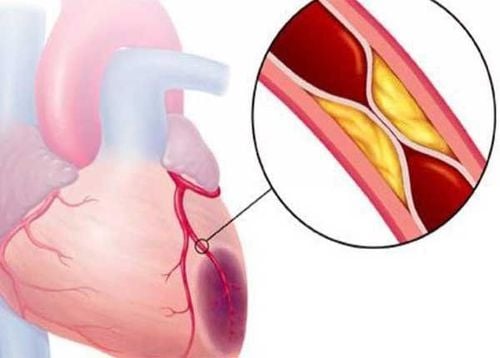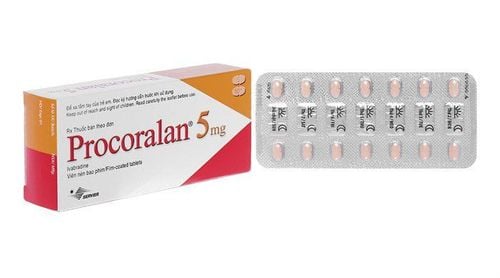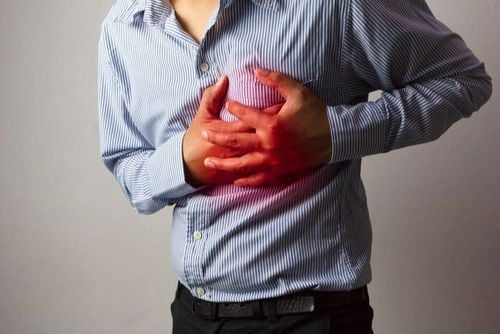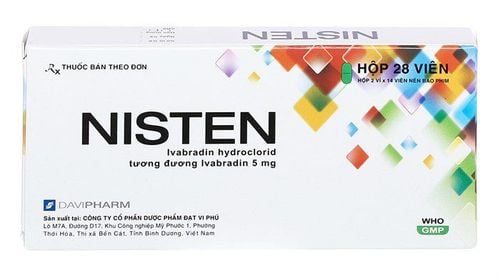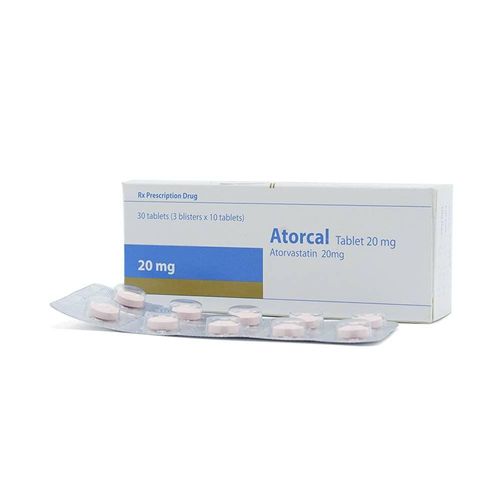This is an automatically translated article.
Coronary artery disease is currently on the rise, so recognizing the early signs of the disease will support more effective treatment and prevention. So how does coronary heart disease manifest?
1. What early warning signs of coronary heart disease?
Coronary artery disease means narrowing of the blood flow in the blood vessels that feed the heart. The main cause of coronary artery disease is atherosclerosis. This is a consequence of long-term damage to the blood vessel wall, thereby accumulating calcium, bad fat as well as cellular waste and creating atheroma. In rare cases, coronary artery disease can be caused by coronary artery spasm.
This is an extremely dangerous disease, affecting the patient's life if not detected early signs for timely treatment. So how does coronary heart disease manifest? Accordingly, angina is the most important and basic sign of coronary artery disease to recognize this disease. The nature of angina is as follows:
The patient will have a tight, tight or uncomfortable feeling in the chest. The most common location for angina is the middle of the chest, the heart area, or behind the breastbone. Pain may be localized or diffuse to the neck, jaw, shoulders, arms, back or spine. Angina attacks are usually brief, about 30 seconds or minutes. However, it should be noted that if the pain lasts for more than 15 minutes, it is likely that the patient has had a heart attack. There are two types of angina, namely stable angina and unstable angina. Stable angina is usually less dangerous, this condition is caused by plaque causing narrowing of the coronary arteries, with repeated cycles if the patient exerts the same degree and under the same circumstances. Unstable angina is very dangerous, if not treated promptly, the risk of myocardial infarction is very high.
The method of distinguishing between unstable angina and stable angina is the situation in which angina occurs at rest or during exertion. If the patient exerts a certain amount of effort, it is stable, but in the case of angina at rest, it means unstable.
Besides, in addition to the symptoms of angina, a warning of coronary heart disease, the patient may also have some other symptoms such as prolonged shortness of breath, fatigue, dizziness. These can also be early warning signs of coronary artery disease that patients often ignore. In addition, the phenomenon of dizziness but not intermittent during strenuous physical activity can also be a symptom of coronary heart disease that patients need to be aware of.

Đau thắt ngực cảnh báo dấu hiệu bệnh mạch vành
2. Are warning signs of coronary heart disease easy to recognize? Or confused with another disease?
When suffering from coronary artery disease, the greatest risk of complications and the most dangerous for the patient is an acute myocardial infarction, which affects the patient's life. Therefore, if coronary artery disease is not detected early to have a good control method, the risk of heart failure and arrhythmia is very high. These diseases affect the patient's health and cause economic costs in the treatment process.
Accordingly, the most typical and recognizable sign of coronary heart disease is angina pectoris with a dull or throbbing pain behind the sternum, which can be localized or diffuse to the neck, shoulder blades, and wings. hand. In addition to the signs of angina, the patient may also experience prolonged shortness of breath, fatigue with mild exertion, indigestion, palpitations, sore throat,...
However, these symptoms It is also often confused with a number of other non-cardiovascular diseases such as: Gastroesophageal reflux disease, esophageal spasm, cervical disc disease, people with diabetes,... Therefore, if Based on symptoms alone to diagnose coronary artery disease, it is easy to be confused with other diseases.
Therefore, when there are symptoms of angina pectoris, prolonged shortness of breath, fatigue during exertion, etc., the patient may be prescribed coronary angiography by the doctor (the gold standard in diagnosing coronary artery disease), do stress test, Doppler echocardiography, Holter electrocardiogram, stress echocardiogram ... to see if you have coronary artery disease or not?
3. What to do when there are warning signs of coronary artery disease?
When there are warning signs of coronary artery disease, the patient needs to do the following things to support and prevent the disease:
The first thing the patient needs to do is after having warning signs of coronary artery disease, Patients need to stop all work to rest and balance the body. Then, use a nitroglycerin lozenge or sublingual spray. When the symptoms of the disease have improved, it is advisable to go to the hospital to see a doctor as soon as possible to accurately diagnose and treat the disease in time. This is a very important job, helping to prevent complications for the patient, because even a small exertion can affect the patient's life. After examining and treating the disease as prescribed by a cardiologist, the patient should follow the doctor's instructions, and at the same time prevent the disease by changing bad habits such as smoking; exercise in moderation and reasonable; avoid stress and exertion; In addition, to avoid negative impact on coronary artery disease, for people with underlying diseases such as: diabetes mellitus; high blood pressure or dyslipidemia and obesity... need immediate treatment to avoid dangerous complications that may occur.
There are 2 main methods to treat coronary artery disease: medical treatment (medication) and interventional or surgical treatment to supply blood to the missing heart muscle. The choice of treatment method will depend on the severity and health status of the patient. Currently, Cardiovascular Center - Vinmec International General Hospital is one of the leading centers in the country for examination, diagnosis, screening and treatment of cardiovascular diseases in general and coronary heart disease. in particular. With the convergence of a team of experienced, reputable experts in the field of surgery, internal medicine, interventional cardiac catheterization and the application of advanced techniques in the diagnosis and treatment of diseases. Cardiovascular management, along with a system of modern equipment, on par with the most prestigious hospitals in the world such as: 3 Tesla MRI machine (Siemens), 640 CT machine (Toshiba), other equipment Advanced endoscope EVIS EXERA III (Olympus Japan), Avace high-end anesthesia system, Hybrid operating room according to international standards... The Cardiovascular Center at Vinmec International General Hospital has achieved many successes. work and gain the trust of a large number of patients.
Therefore, when there are warning signs of coronary heart disease and other cardiovascular diseases, patients can go to Vinmec International General Hospital for examination and use of convenient services.
Please dial HOTLINE for more information or register for an appointment HERE. Download MyVinmec app to make appointments faster and to manage your bookings easily.




